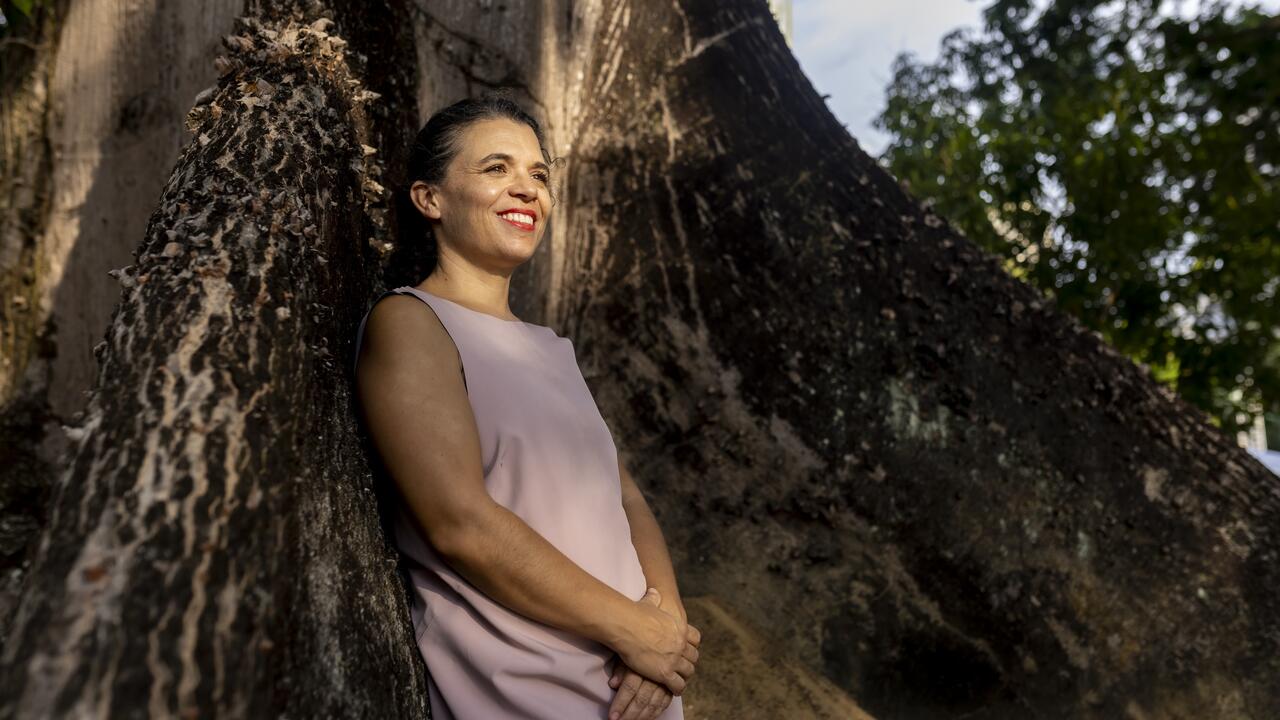eva International Biennial of Visual Art

Annie Fletcher’s smartly judged edition of eva International (formerly ev+a) – which, due to a funding squeeze, has switched to a biennial format after 35 years as an annual exhibition – took its title and mood from Franco ‘Bifo’ Berardi’s After the Future (2011). In that book, the Autonomia-affiliated Italian theorist provocatively announced that ‘the future is over’. We are, he claims, now ‘living in a space that is beyond the future’. Berardi sees our current predicament – in which crisis is seemingly continuous, economies and ecologies fragile – as signaling an end to those ideals of growth, expansion and progress that were so central to the myths of modernity and Modernism. The future sure ain’t what it used to be, and Berardi is on the lookout for fresh ways to be more attentive to the present. A timely approach, given that the high times of Ireland’s Celtic Tiger years are now talked of with some embarrassment, ambition reframed as hubris.Fletcher – a curator at the Van Abbemuseum in Eindhoven, who until 2010 co-ran the roaming curatorial initiative If I Can’t Dance I Don’t Want to Be Part of Your Revolution – shaped a compact exhibition of about 30 artists around the themes of exhaustion and collapse. The two main spaces were the Limerick City Gallery of Art and an unfinished office block on O’Connell Street, the city’s main shopping stretch, and the biennial as a whole felt acutely aware of its location at the heart of a run-down city in a Eurozone member state that the financial crisis hit harder than most. While this was palpably an exhibition on a shoestring, in negotiating budgetary restrictions Fletcher was successful in locating several alternatives to some tired biennial orthodoxies. Rather than an inflated and familiar artist list, there were (for me at least) plenty of unfamiliar names. Similarly, Luc Deleu’s monumental Construction X (1994/2012), originally commissioned by Jan Hoet for the 16th edition of the exhibition 18 years ago, was re-installed in its original site, a small park by the River Shannon. The work felt as though it had been resurrected, a symbol of the show’s legacy – eva has an impressive list of previous curators that includes Germano Celant, Brian O’Doherty and Saskia Bos – but also, characteristic of Fletcher’s broader theme, a refusal of production for tradition’s sake. Elsewhere, ‘After the Future’ was anchored by significant earlier works borrowed from the Van Abbe collection: a few slide pieces by Marcel Broodthaers, for instance, and KwieKulik’s heartbreaking Activities with Dobromierz (1972–4), which comprises hundreds of photographs of the artist duo’s young son in various scenarios and actions around their home. The piece was one of the quieter (though no less stridently politicized) works in the Croatian curatorial collective WHW’s 2009 Istanbul Biennial, as was Sanja Ivekovic´’s Shadow Report (1998–ongoing). A new version of the latter, which comprises balled-up sheets of red paper strewn throughout the gallery spaces, was also included here, where it comprised print-outs of a recent report on inequality by the National Women’s Council of Ireland. Political engagement in ‘After the Future’ was in this way stealthy and muted, gently infused rather than sloganeering. Presciently close to the spirit of Berardi’s book was Pilvi Takala’s 2008 video The Trainee, which documents the artist’s month-long traineeship at Deloitte, which she spent mostly staring blankly and doing little else. Other impressive works included Gavin Murphy’s short film about Oliver P. Bernard, the architect of a demolished building in Dublin (Something New Under the Sun 2012); Mark O’Kelly’s suite of paintings and artefacts, which track migrations of images and objects; as well as a scattering of precarious sculptures by young Irish artists – including Greg Howie, Doireann Ní Ghrioghair and Sam Keogh – some of which were selected from an open call.
Though realized in an unassuming way, a significant achievement of Fletcher’s eva was its rebuttal of the default mode in which the future has come to be addressed in recent exhibition-making. Brian Dillon has referred to this as the ‘future anterior’, and ‘After the Future’ was thankfully absent of meditations on unrealized mid-century architectural proposals, say, or 16mm musings on pavilions at long-forgotten world’s fairs. Instead, it felt entirely specific to the pace at which this already long century seems to be unfurling. Berardi would argue that it’s time to disentangle the future from the dogmas of Modernism, growth and investment. The question posed, not un-self-reflexively, by this edition of eva was: so what comes next?

















